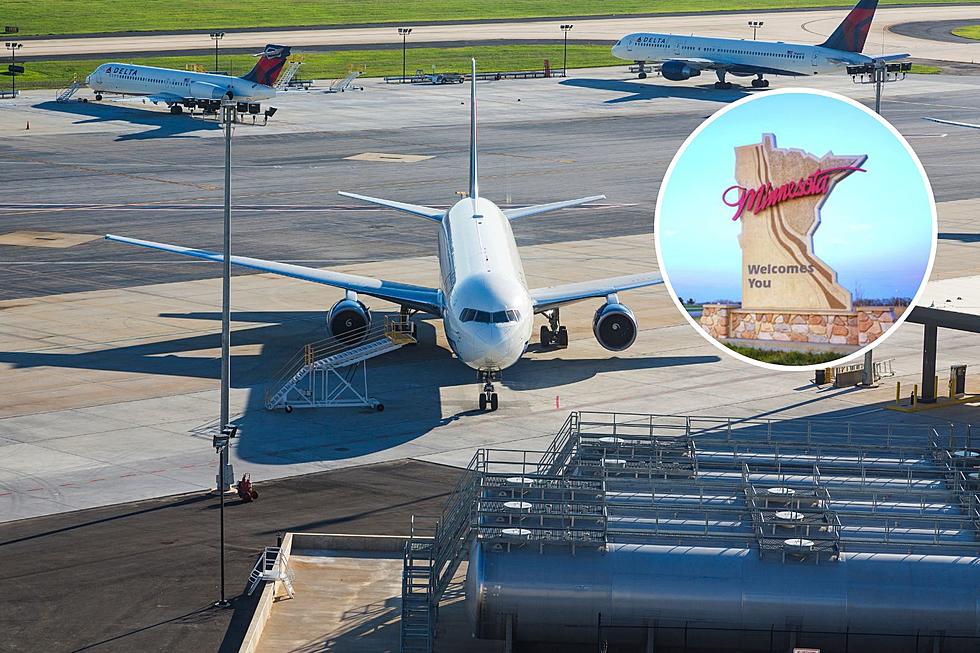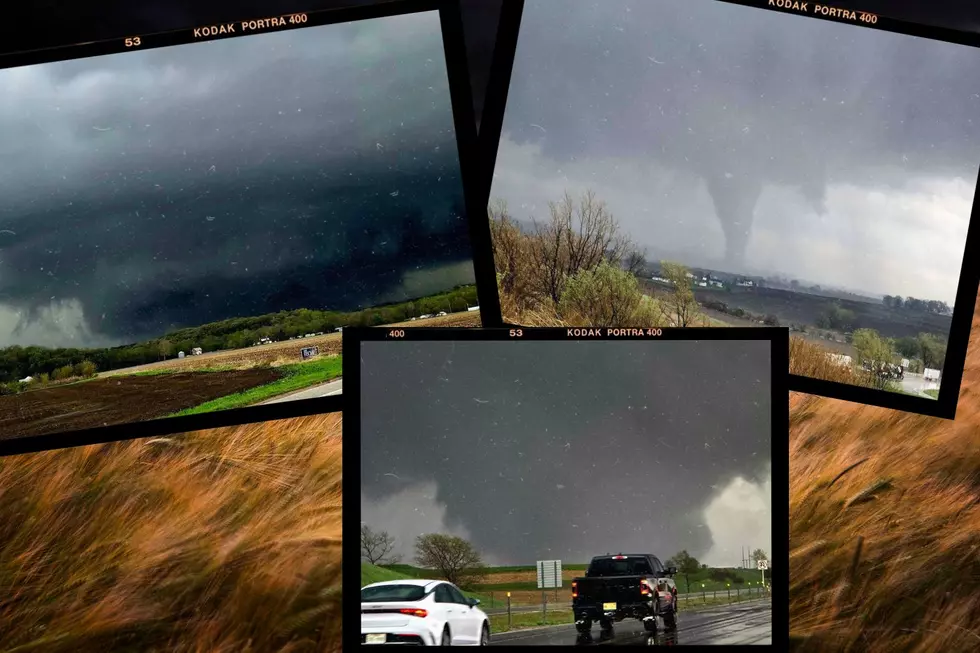
Seven Massive Planes Just Invaded This Small Minnesota Airport

It was a sight you don't often see at this small Minnesota airport: seven massive jets lining the runway.
If you happened to drive by the Rochester International Airport (RST) last week you would have thought you were looking at a much bigger airport. RST, which is located just off Highway-63 in the southwest part of Minnesota's third-largest city, usually doesn't handle seven big planes at the same time.
On a usual day, RST sees four arrivals and four departures. But of course, last Friday, July 28, 2023, wasn't just your average summer afternoon, either. Mother Nature was angry that day, and whipped up a line of severe storms that marched through the central part of the state before heading east into Wisconsin.
READ MORE: How Much Money Do Delta Pilots in MN Make?
According to the National Weather Service office in La Crosse, here's the background on that severe weather:
Hot and humid conditions set the stage for a round of severe thunderstorms that developed during the evening of Friday, July 28, 2023. There were two areas of storm development: one that initiated near the Twin Cities and another over northeast Iowa and southwest Wisconsin.
You can take a look at what the weather radar looked like at about 5:10 pm CDST last Friday just as those storms were forming below-- there's a lot of RED in there, indicating heavy rain, hail, and other severe weather.
And, of course, that type of weather isn't conducive to landing planes at any airport, let alone at Minnesota's biggest airport, the Minneapolis-St. Paul International Airport in Bloomington. This is why these seven aircraft ended up about an hour south at RST in Rochester.
According to a post on the RST Airport Twitter (or X) page, RST was able to safely land seven planes that were diverted from MSP while the storm raged. RST noted that its tower crew, local airport operations and flight crews from various airlines all worked together to make sure all passengers were safe.
You can check out the pics of the busy runways at RST from last Friday below. And a shout-out to everyone involved in keeping everyone safe during the storm!
Listen to Curt St. John in the Morning
Weekdays from 6 to 10 a.m. on Quick Country 96.5



